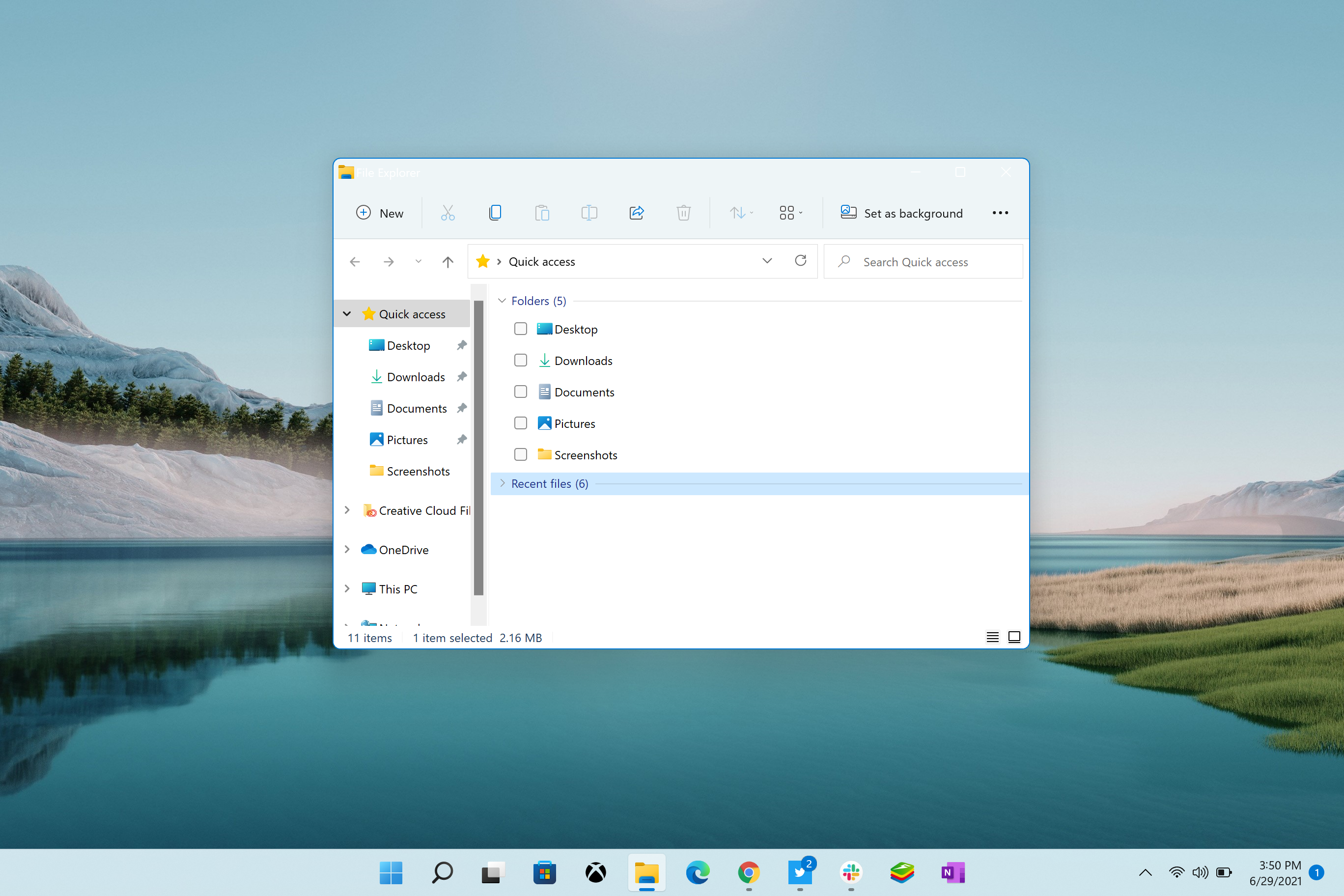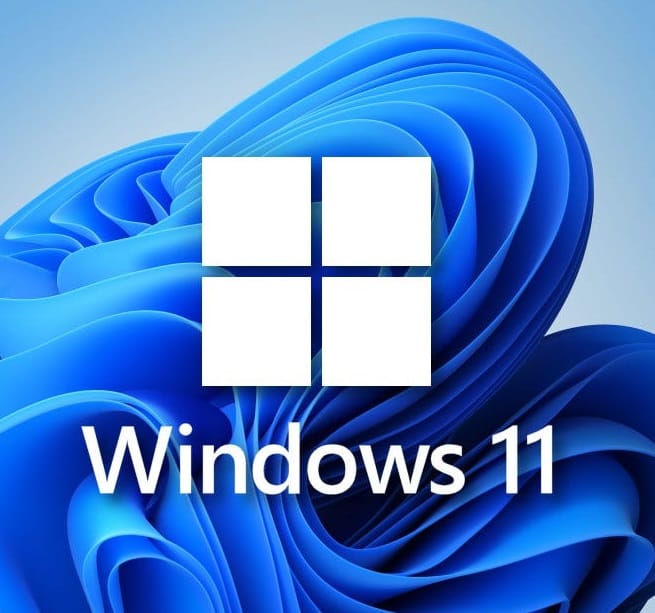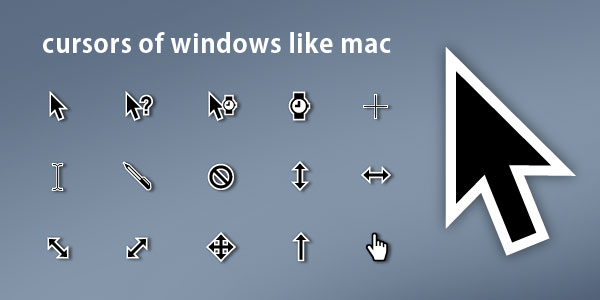

There was a new Taskbar, new ways to customize your theme, and apps were given a fresh coat of paint after years of abandonment.įor years, Windows seemed to be evolving from the theme that Windows XP presented back in 2001, with flat colors and curved buttons, and when Windows 10 arrived, it was mostly a reversal of what Windows 8 brought with its Metro theme. While macOS has seen plenty of piecemeal to its look and apps across the years, Microsoft decided to do one big major redesign with the release of Windows 11 in 2021. This comes with the added benefit of carrying your progress between devices thanks to iCloud. Chief among these is the Stage Manager tool, a feature ported over from iPadOS which lets you easily manage multiple open apps on your desktop.Īs Apple moved to Apple Silicon in 2020, this means that you can use a bunch of iPhone and iPad apps on your Mac.


Ventura wasn't a huge departure for Apple's operating system, but it did add some nifty new features. The new macOS Ventura update does nothing to change this. You access the Finder to manage your files and folders, and the Dock lets you launch your favorite and most used applications in an instant.įunctionally, these aren't dissimilar to the File Explorer and Start menu in every recent version of Windows, but macOS has always made a point of valuing aesthetics and user accessibility more of a priority compare to Microsoft's flagship OS. Yet the foundation is the same, largely unchanged. It was the company's fresh start for what came before, and since then, it's seen moves to different processors and a change in its looks to better reflect Apple's monolithic phone platform iOS. Apple's operating system first debuted way back in 2000, when it was first called Mac OS X, and every release would be named after a different type of big cat.


 0 kommentar(er)
0 kommentar(er)
